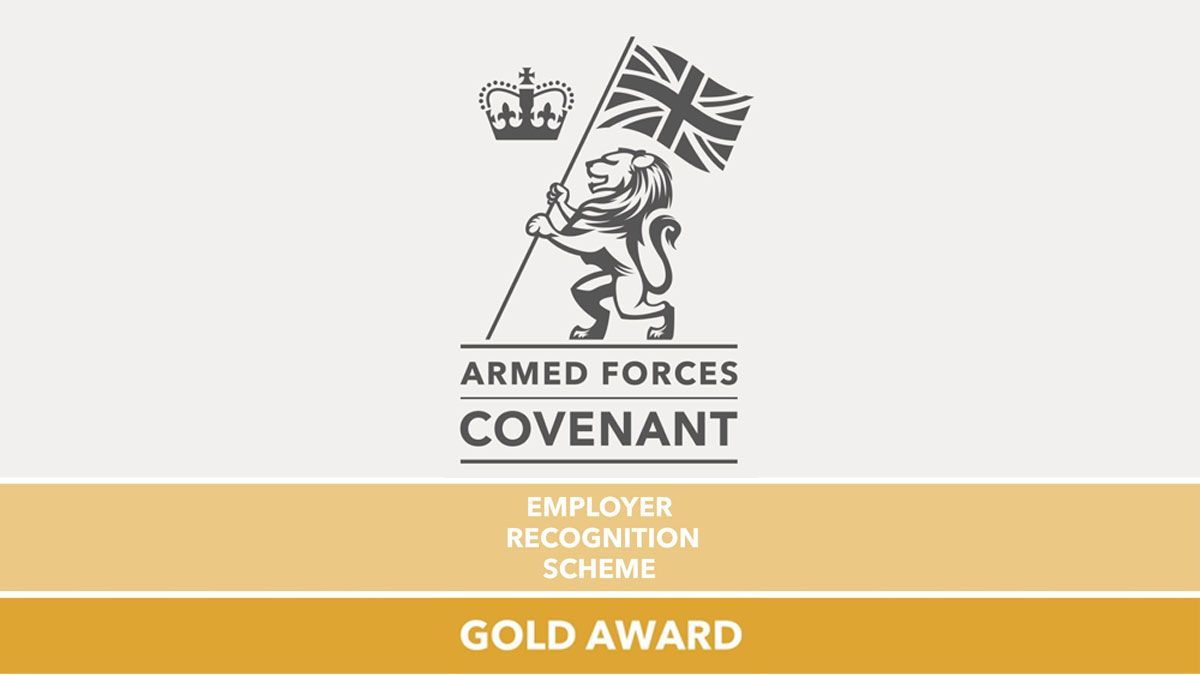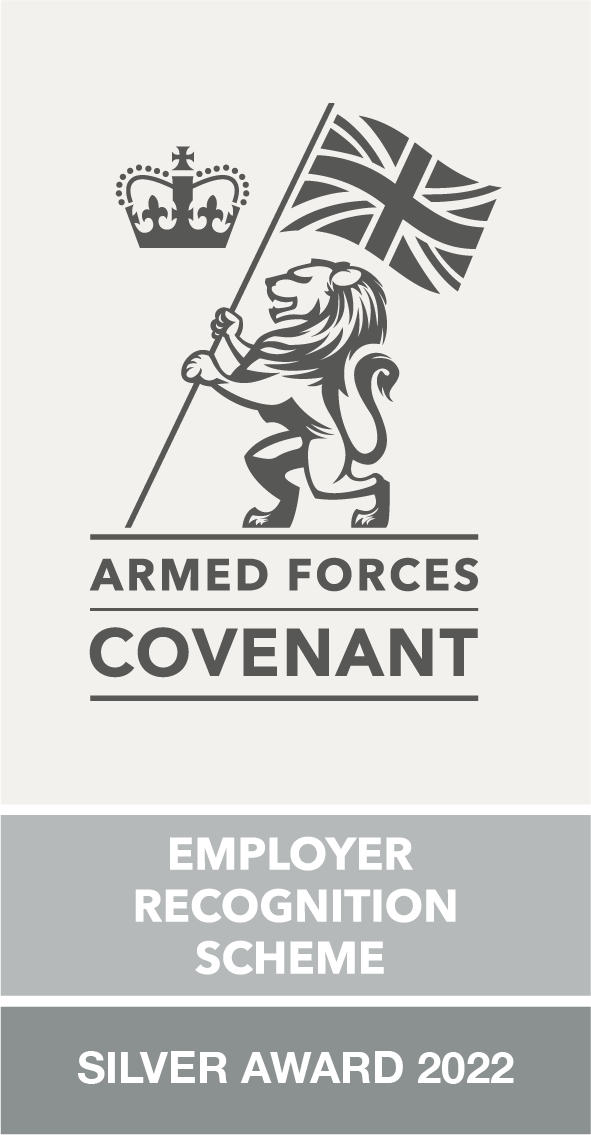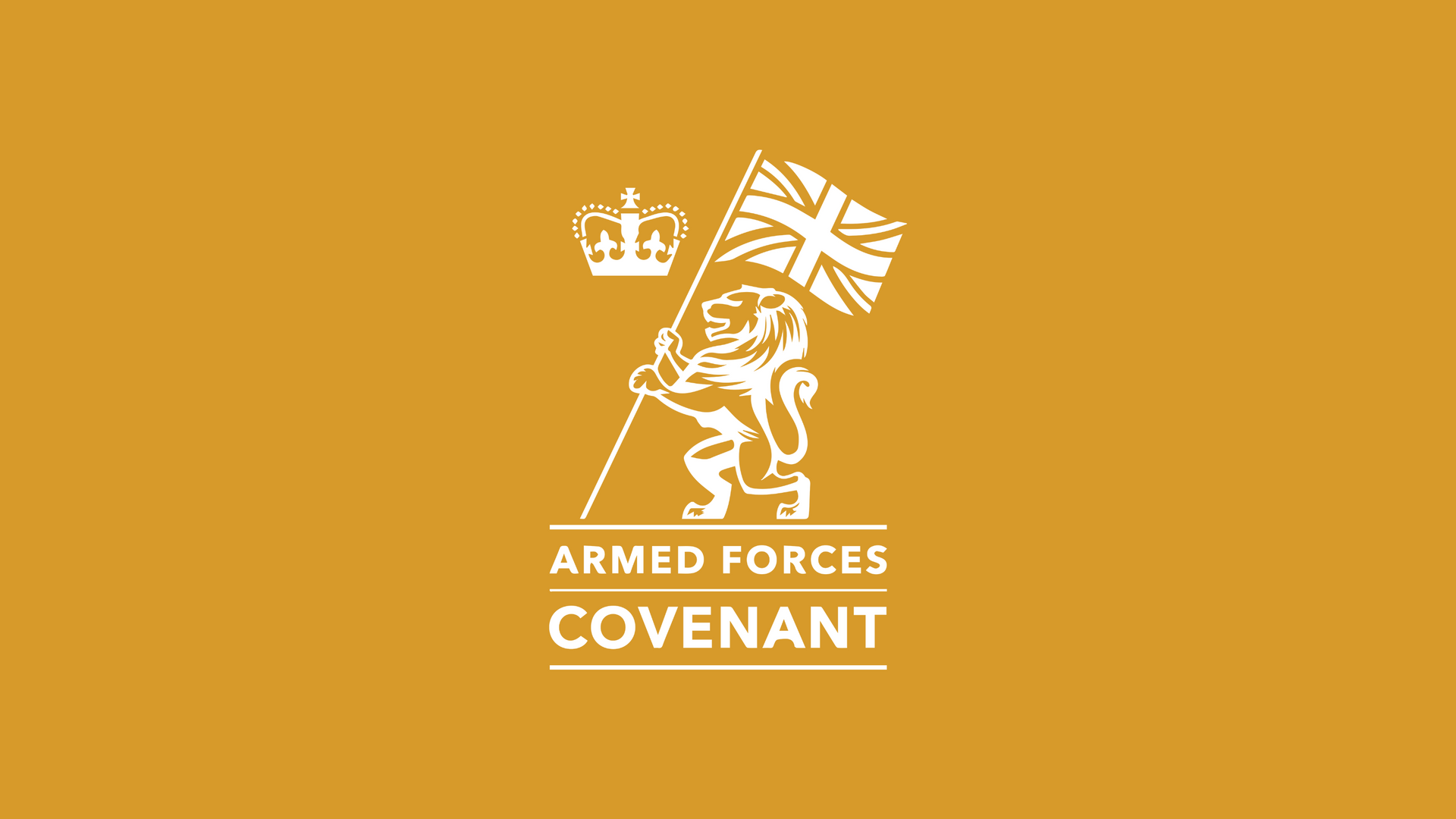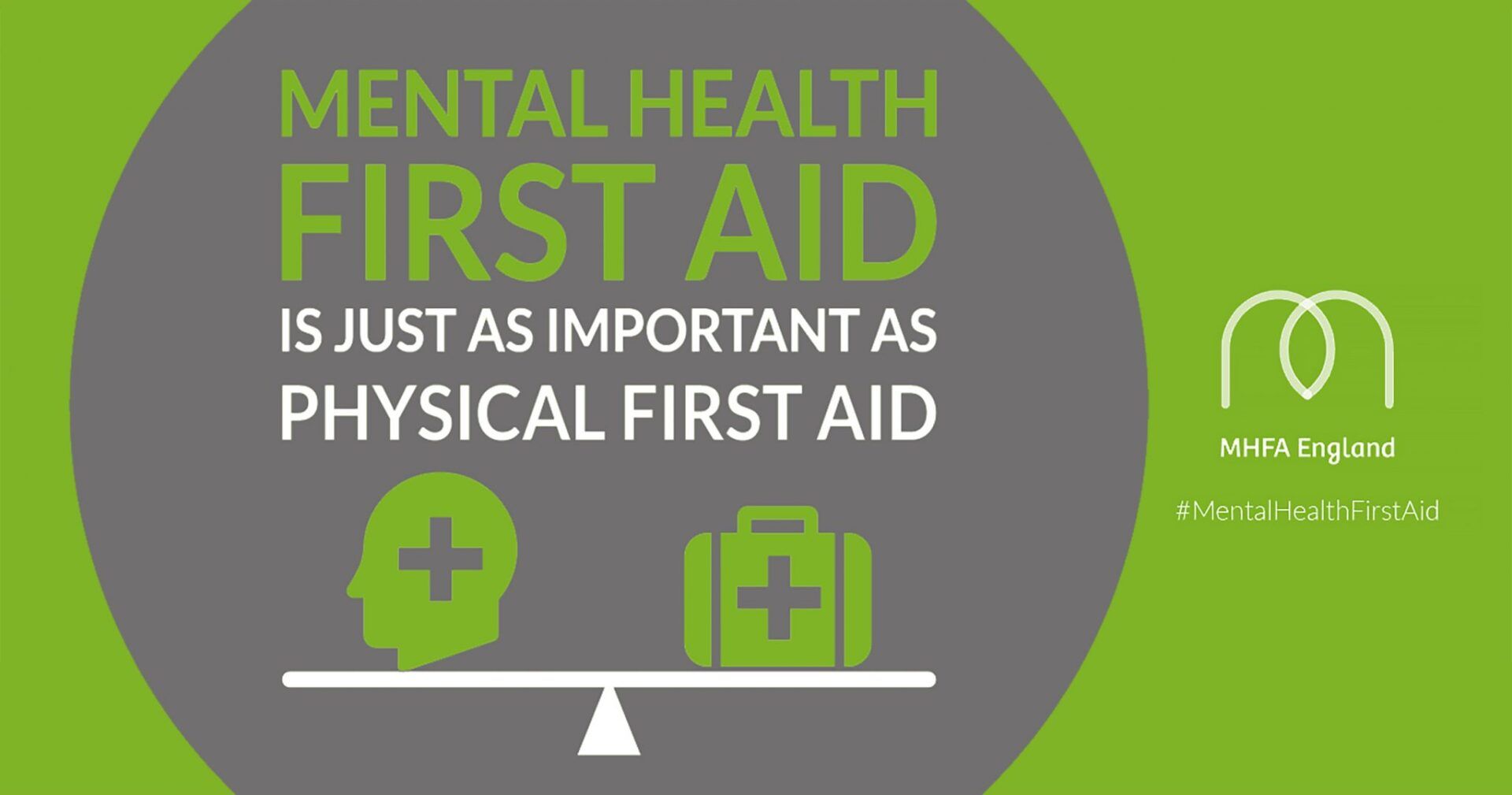Trust me TRiM works...
Leon Fisher • April 23, 2021
Trauma Incident Management (TRiM)

On ** April 2011, I took over command of the Medical Evacuation Chinook Helicopter in Helmand Province, Afghanistan; known in house as the Incident Response Team (IRT), callsign Tricky73. Over the next fifteen hours, my crew and I had flown four IRT missions, been engaged by the enemy twice and had saved numerous lives despite flying in near-zero visibility when most other helicopters had been grounded.
During our last mission, despite complete cloud cover and low lunar illumination that significantly reduced the working effectiveness of our Night Vision Googles, we successfully established the location of the landing site and subsequently managed to extract the five most seriously wounded. As we set course for the hospital at Camp Bastion the weather rapidly deteriorated due to a thunderstorm and dust storm, with visibility reducing to 100 metres. With worsening meteorological conditions and limitations on fuel, I took the Captaincy decision to divert to Kandahar Airfield – a challenging route to fly due to the proximity of mountainous terrain in challenging weather conditions. Despite the additional pressures of one patient’s condition deteriorating, another dying as well as a further small arms fire and Rocket Propelled Grenade attack, we arrived safely and were ordered to shut down.
As an aircraft Captain, a crew member, a colleague and a friend, I knew 100% that we all needed Trauma Incident Management (TRiM) intervention and immediately set the wheels in motion for my crew and I to be assessed under the TRiM system. Our TRiM sessions were invaluable and allowed the whole crew the opportunity to process properly what can only be described as “one of the most dangerous and traumatic days of our lives”.
This early TRiM intervention for supporting individuals following exposure to traumatic events, by processing and talking about the event, without a doubt had a therapeutic advantage.







